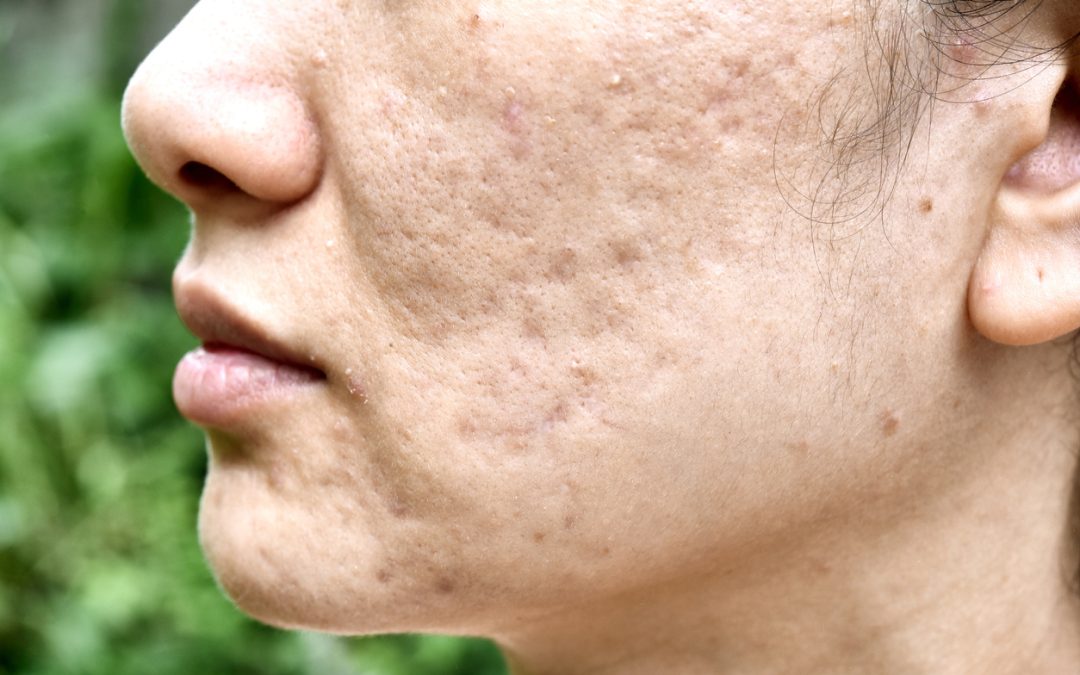Acne scars can linger long after breakouts fade, affecting your confidence and skin texture. Fortunately, innovations in dermatology offer powerful options to improve or even dramatically reduce scars. Among these, Acne Scar Treatment in Dubai clinics often include laser therapies as a central pillar, thanks to their ability to target deep skin layers, stimulate regeneration, and improve both texture and tone. But how effective are they, really? This article looks at what current research says so you can decide whether laser treatment might be right for you.
Types of Laser Treatments & How They Work
Laser treatments vary in their mechanism, intensity, recovery time, and results. Understanding the main types helps set realistic expectations.
Ablative Lasers
These remove the top layer (epidermis) of skin and heat underlying tissue, triggering collagen remodelling. CO₂ and Erbium (Er: YAG) lasers are classic examples. Ablative lasers tend to produce more dramatic improvements, especially for deep and severe scarring, but also come with more downtime and greater risk of side effects (like redness or peeling).
Non-Ablative / Fractional Non-Ablative Lasers
These work beneath the skin surface without removing the top layer. They create controlled thermal damage in microscopic zones to stimulate collagen repair, with less downtime. Something like a 1550 nm Erbium glass laser is often used. These are gentler but usually require multiple sessions to approach the effectiveness of ablative lasers.
Fractional Ablative Lasers
These combine features of ablative and fractionated laser treatment—creating tiny columns of damage in the skin paired with untouched surrounding tissue to assist healing. They are often a “middle ground” for severe scars, combining effective results with somewhat moderated downtime. CO₂ fractional lasers fall into this category.
Research Findings on Effectiveness
Degree of Improvement
- Many studies report 30–70% visible improvement in scar appearance with fractional CO₂ laser treatments.
- Non-ablative fractional lasers, like 1550 nm erbium glass, show good results, particularly for rolling and boxcar scars. Improvement ratings are often moderate to marked but usually require several sessions.
Effect by Scar Type
- Rolling and boxcar scars tend to respond better to non-ablative and fractional lasers.
- Ice-pick scars are more challenging. Studies suggest combining lasers with other methods (like surgical techniques or deep peels) for better outcomes.
Number of Sessions & Treatment Parameters
- More sessions generally give better results. One study of fractional erbium glass laser used three sessions spaced six weeks apart, and saw significant improvements.
- Laser settings (energy, wavelength, density) matter. Higher energy/power tends to produce more effect but increases risk of side effects. Skin type influences safe parameter choices.
How Effective in Practice
- Laser therapies are among the most effective tools for improving acne scars, especially for moderate-to-severe scars.
- They often outperform superficial treatments (like mild peels) in terms of depth of improvement.
- For many people, combining laser treatments with other therapies (subcision, fillers, chemical peels, or biostimulants like PRP) enhances outcomes.
- Results continue to improve over time after treatment as collagen rebuilds and skin remodels.
Considerations for Dubai Skin & Environment
In Dubai, the high sun exposure, heat, and humidity can affect healing and risk of pigmentation. Choosing a clinic that offers properly calibrated lasers, pre- and post-treatment care, and understands the needs of different skin tones is essential. Many in the region seeking Acne Scar Treatment favour newer laser technologies or hybrid modalities (fractional, non-ablative, or combinations) because of their better safety profiles in hot climates and for more pigmented skin.
Pros & Cons Summary
ProsConsCan significantly reduce depth, appearance, and texture of scarsHigher risk of side effects if not done correctlyCan address both texture and skin tone issuesGreater downtime for more aggressive lasersLong-lasting results especially with follow-upsMultiple sessions often neededWidely available in advanced clinicsCost and access vary; need expertise
When Laser Might Be Less Effective
- Deep ice-pick scars that reach far below the skin surface often respond poorly to laser alone.
- Active acne or skin infection needs to be controlled first.
- Darker skin tones require cautious parameters to avoid pigmentation problems.
- Unrealistic expectations: lasers improve but seldom “erase” scars completely.
Conclusion
Laser treatments are among the most effective tools we have today for treating acne scars. They offer strong improvements in scar appearance, texture, and even pigmentation, especially when matched with the right scar type, skin tone, and treatment regimen. While ablative and fractional lasers deliver more dramatic results, they come with more risk and downtime. For those considering professional options in a city offering advanced services, such as Acne Scar Treatment Dubai, it’s important to choose experienced providers, realistic goals, and a well-planned aftercare routine. With the right approach, laser treatment can make a real difference in both skin appearance and self-confidence.






Comments